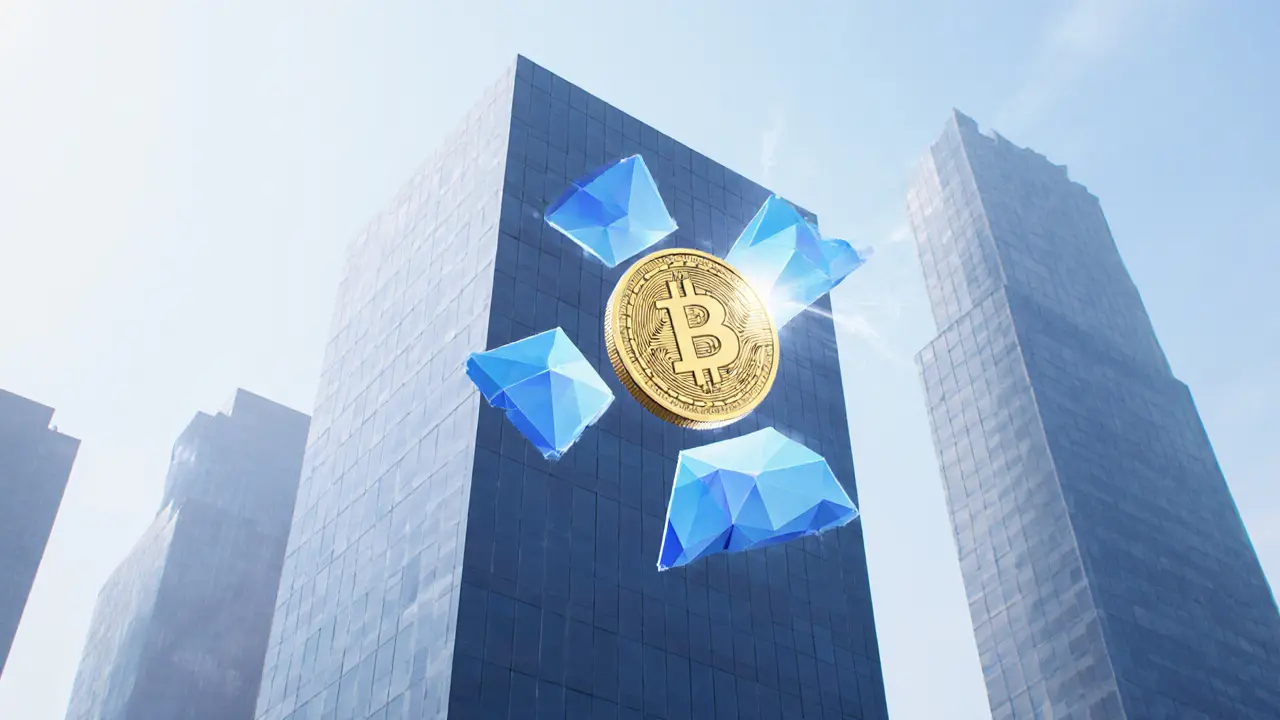RWA Tokenization: Bridging Real‑World Assets and Blockchain
When working with RWA tokenization, the process of converting physical assets such as real estate, commodities, invoices, or artwork into tradable blockchain tokens. Also known as real‑world asset tokenization, it lets investors own a slice of a building or a share of a solar farm without the usual paperwork. You’ll see why RWA tokenization is reshaping finance because it merges tangible value with the speed of crypto.
At the core of any tokenized asset lies smart contracts, self‑executing code that enforces ownership rules, payment streams, and transfer restrictions on the blockchain. These contracts enable fractional ownership, automatic dividend distribution, and instant settlement—something traditional registries can’t match. When smart contracts are combined with DeFi lending, protocols that allow tokenized assets to be used as collateral for loans or to earn yield, holders can unlock liquidity without selling their underlying asset. This synergy creates a feedback loop: the more assets are tokenized, the richer the lending markets become, and vice‑versa.
Why Compliance Matters in RWA Tokenization
Regulatory compliance is the gatekeeper that decides whether a token can move from a niche experiment to mainstream adoption. Regulatory compliance, the set of legal frameworks—KYC, AML, securities law, and asset‑specific regulations—that ensure tokenized assets meet jurisdictional rules influences everything from token design to market access. For example, a token representing a commercial mortgage must satisfy both securities regulations and property law, often requiring a registered custodian or a licensed issuer. When compliance is baked into the smart‑contract code, auditors can verify that transfer restrictions and reporting obligations are automatically enforced, reducing the risk of human error.
These three pillars—smart contracts, DeFi lending, and regulatory compliance—form a tight network around RWA tokenization. RWA tokenization encompasses real‑world assets, requires smart contracts to function, and is shaped by compliance rules; in turn, DeFi lending leverages tokenized assets to expand liquidity. Understanding how they intersect helps you evaluate opportunities, spot risks, and design strategies that work in today’s fast‑moving market. Below you’ll find a collection of articles that dive deeper into each of these angles, from privacy tech trends that affect token data to practical guides on using on‑chain tools for asset management.

Learn how blockchain turns physical property into fractional tokens, the step‑by‑step process, benefits, risks, market trends, and a practical checklist for investors and issuers.
- Read More
